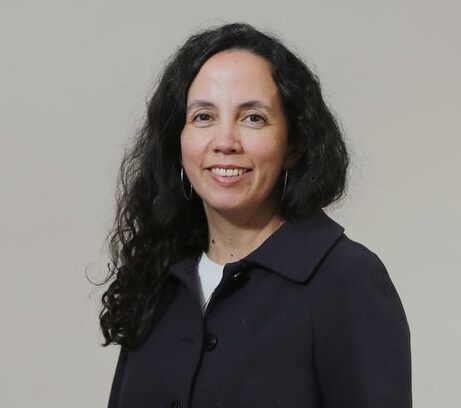
Christ Devia
PUBLICACIONES
ABSTRACT
Variations in human behavior correspond to the adaptation of the nervous system to different internal and environmental demands. Attention, a cognitive process for weighing environmental demands, changes over time. Pupillary activity, which is affected by fluctuating levels of cognitive processing, appears to identify neural dynamics that relate to different states of attention. In mice, for example, pupil dynamics directly correlate with brain state fluctuations. Although, in humans, alpha-band activity is associated with inhibitory processes in cortical networks during visual processing, and its amplitude is modulated by attention, conclusive evidence linking this narrowband activity to pupil changes in time remains sparse. We hypothesize that, as alpha activity and pupil diameter indicate attentional variations over time, these two measures should be comodulated. In this work, we recorded the electroencephalographic (EEG) and pupillary activity of 16 human subjects who had their eyes fixed on a gray screen for 1 min. Our study revealed that the alpha-band amplitude and the high-frequency component of the pupil diameter covariate spontaneously. Specifically, the maximum alpha-band amplitude was observed to occur ∼300 ms before the peak of the pupil diameter. In contrast, the minimum alpha-band amplitude was noted to occur ∼350 ms before the trough of the pupil diameter. The consistent temporal coincidence of these two measurements strongly suggests that the subject’s state of attention, as indicated by the EEG alpha amplitude, is changing moment to moment and can be monitored by measuring EEG together with the diameter pupil.
[:]ABSTRACT
We present a study of an artificial neural architecture that predict human ocular scanpaths while they are free-viewing different images types. This analysis is made by comparing different metrics that encompass scanpath patterns, these metrics aim to measure spatial and temporal errors; such as the MSE, ScanMatch, cross-correlogram peaks, and MultiMatch. Our methodology begin by choosing one architecture and training different parametric models per subject and image type, this allows to adjust the models to each person and a given set of images. We find out that there is a clear difference in prediction when people free-view images with high visual content (high-frequency contents) and low visual content (no-frequency contents). The input features selected for predicting the scanpath are saliency maps calculated from foveated images together with the past of the ocular scanpath of subjects, modeled by our architecture called FovSOS-FSD (Foveated Saliency and Ocular Scanpath with Feature Selection and Direct Prediction).
The results of this study could be used to improve the design of gaze-controlled interfaces, virtual reality, as well as to better understand how humans visually explore their surroundings and pave a way to make future research.

Vicuña Mackenna 4860
Macul, Chile



